KNIT MAGAZINE
- Yarn/Fiber
The Story of Spun Yarn and Filament Yarn

- Post date:
- September 24, 2024 07:00
- (Update: September 30, 2024 02:16)
KNIT MAGAZINE

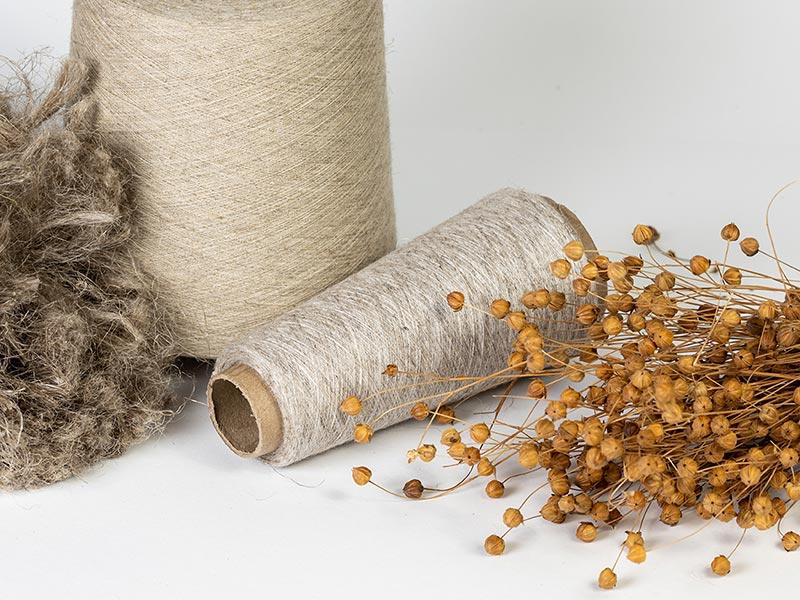
This time, I will explain in detail the differences between spun yarn and filament yarn. Let’s dive deeper into how these yarns are made.
Table of Contents

Spun yarns are created by spinning raw materials with short fiber lengths. These raw materials include wool (including animal hair), cotton, hemp, acrylic, and synthetic fibers cut into short pieces.
The characteristic of spun yarn is that its short fiber length results in some fluffiness and a soft texture.
However, the short fibers lead to a lack of gloss and reduced strength.
Wool falls into the spun yarn category, but within this category, yarn made from short fibers is called spun yarn, while yarn made from long fibers is called worsted yarn.
Cotton is also classified as spun yarn, but it is further divided based on fiber length. Normal cotton typically has a fiber length of about 2.5 cm, while some types, known as super long cotton, can have fibers as long as 4.5 cm.
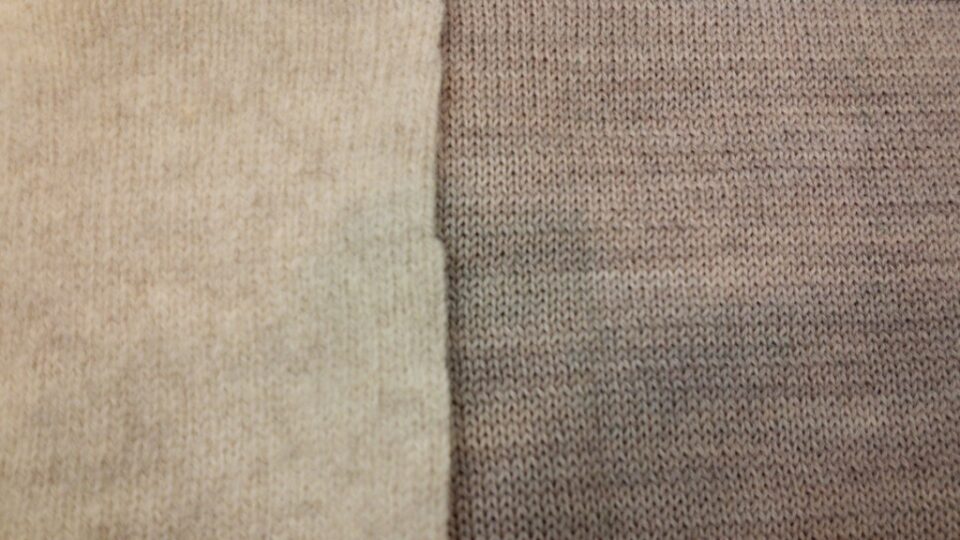
The left is woolen yarn with fluff, and the right is worsted yarn with gloss. This difference lies in the difference in fiber length.
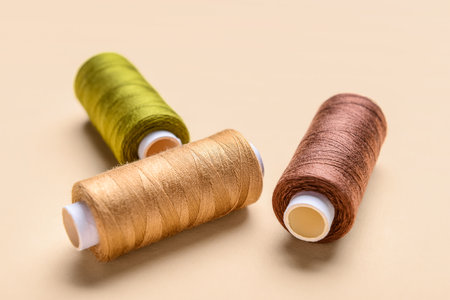
Filament yarn is made by bundling raw materials with long fibers and then twisting them into yarn. These threads include silk, viscose, and polyester.
The characteristics of filament yarn are its glossiness, smooth texture, and excellent strength. However, filament tends to be more expensive than spun.
Silk comes in two forms: filament (pure silk) and spun (silk spun from short fibers). Filament silk fibers can be as long as 18 to 25 meters, while spun silk is made from shorter fibers.
Viscose also comes in filament and spun forms, with differences in gloss, texture, strength, and cost.
Polyamide is primarily available as filament yarn, but cut fibers are often mixed in during production. Monofilament polyamide, which is similar to a fishing line, consists of a single fiber and is known for its high strength. However, it is typically limited to about 50 denier for use in knitting due to its excessive strength.
I have experienced difficulty knitting with thicker monofilament yarn because they were too strong and caused the needles to get stuck.
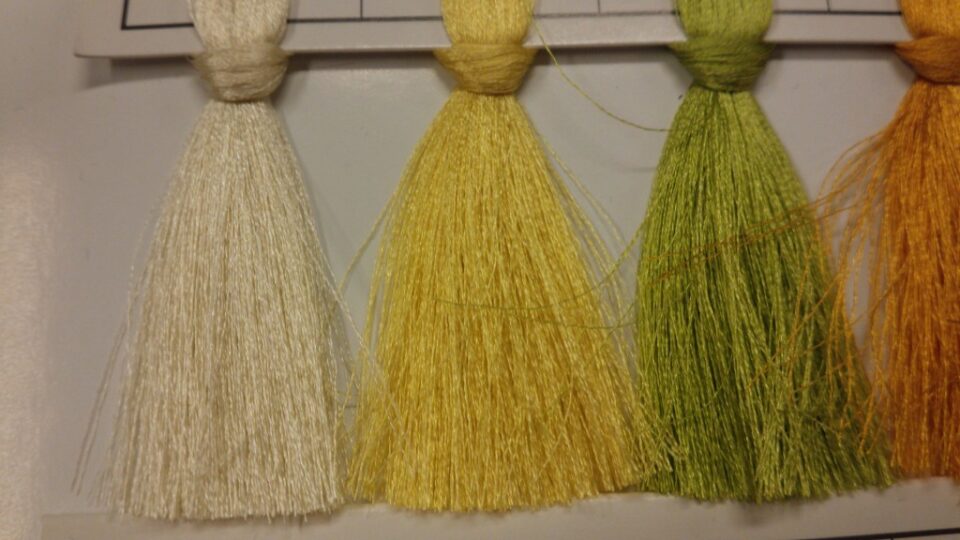
Silk Filament Yarn (Glossy and strong)
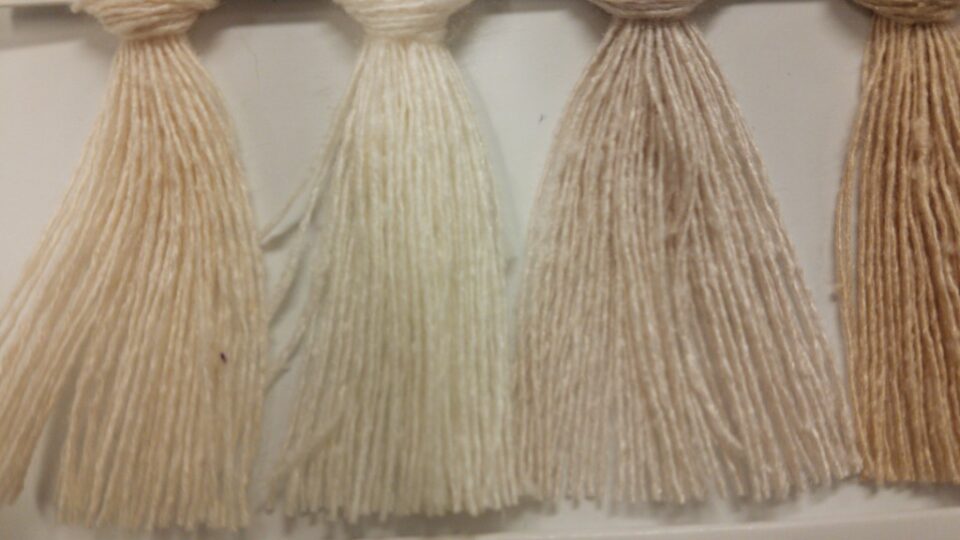
Silk Spun Yarn (Bulge and soft.)
This time, I covered the classification based on fiber length. While spun yarn is relatively inexpensive and filament yarn is more expensive, it is not the case that spun yarn is inherently inferior due to its lower cost.
Both spun and filament yarns are used appropriately depending on the desired thread characteristics.
There are some materials, such as acrylic, where filament yarn production has been discontinued. We hope you will consider these features and drawbacks when choosing your yarn.
Subscribe Now
To receive the latest updates and insights, subscribe to our newsletter.
Contact Us
For further inquiries regarding this article, please feel free to contact us.